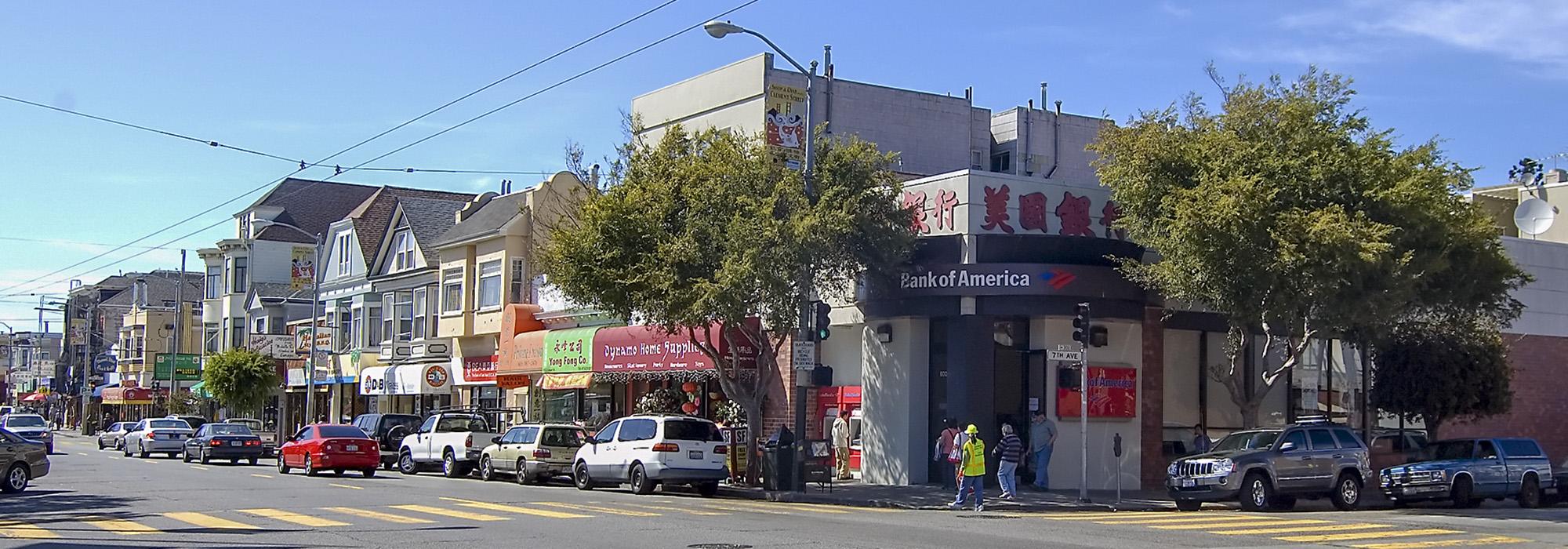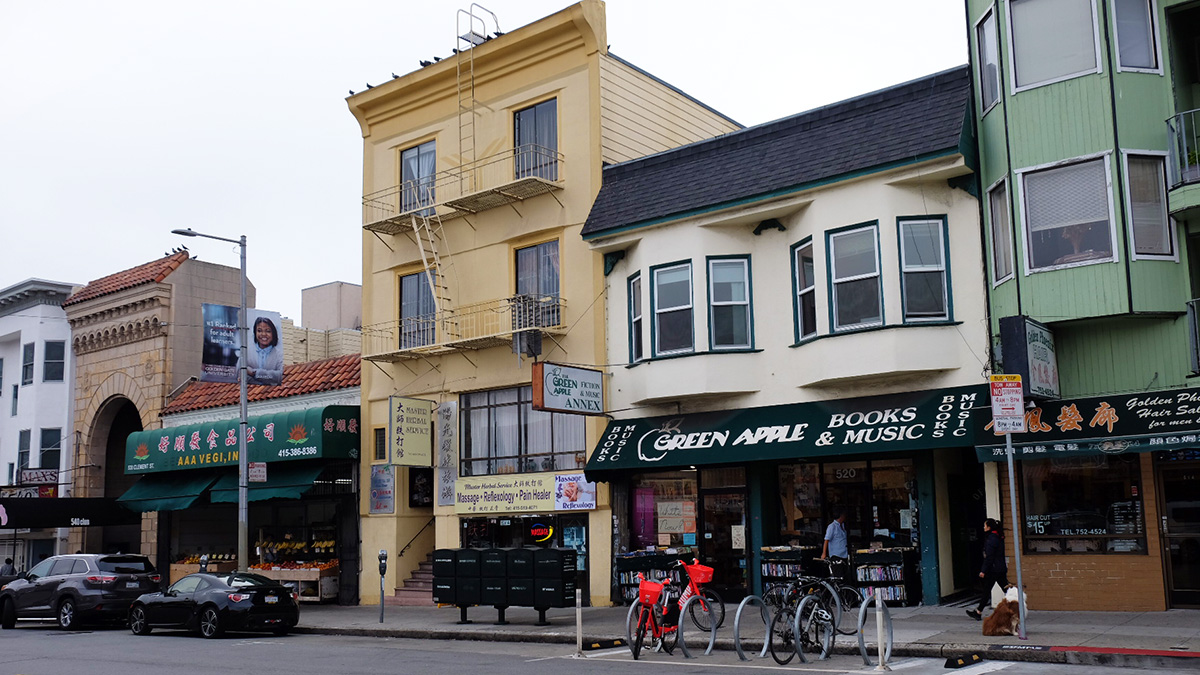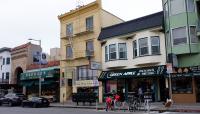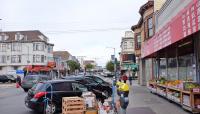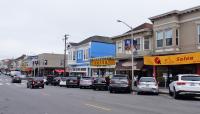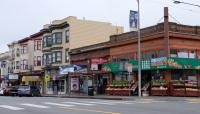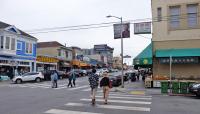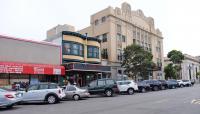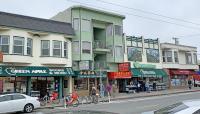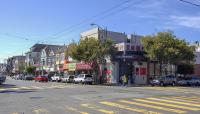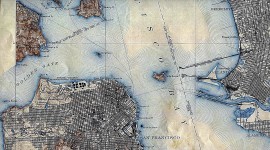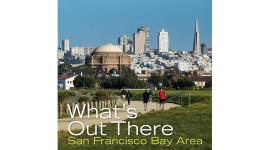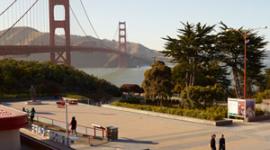Landscape Information
This public street runs from Arguello Boulevard westward through the Richmond district for three miles, ending on a hill at 45th Avenue just before Lands’ End. The street was built as part of the development of the Richmond district, previously sparsely populated terrain known as the “Outside Lands,” a vast stretch of sand dunes beyond city limits.Eager for customers to reach his seaside attractions, including the Sutro Baths, Sutro Gardens, and Cliff House resort, Adolph Sutro underwrote an electric trolley line in 1896 that ran the length of Clement Street, catalyzing its development as a major commercial corridor. A new wave of development followed the 1906 earthquake and fire, as refugees flooded into the area. After World War II, Southeast Asian immigrants began moving to the district en masse, earning it the name of “New Chinatown” among locals. Clement Street’s cultural diversity has long been a defining characteristic of its identity, with demographics shifting over the past century from predominantly Irish-American to Russian, Middle Eastern Jewish, and, later, Japanese, Chinese, Vietnamese, Korean, and Thai residents.
Clement Street was spared the widening that neighboring Geary Boulevard underwent in the late 1940s, preserving the former’s pedestrian scale. A vibrant, two-way thoroughfare, the street is densely lined by two- and three-story, mixed-use buildings housing a variety of locally owned restaurants, produce markets, shops, and community organizations. Examples of the Classical Revival, Mission Revival, and Italianate architectural styles that once dominated the neighborhood can still be seen, interspersed with twentieth-century buildings.



